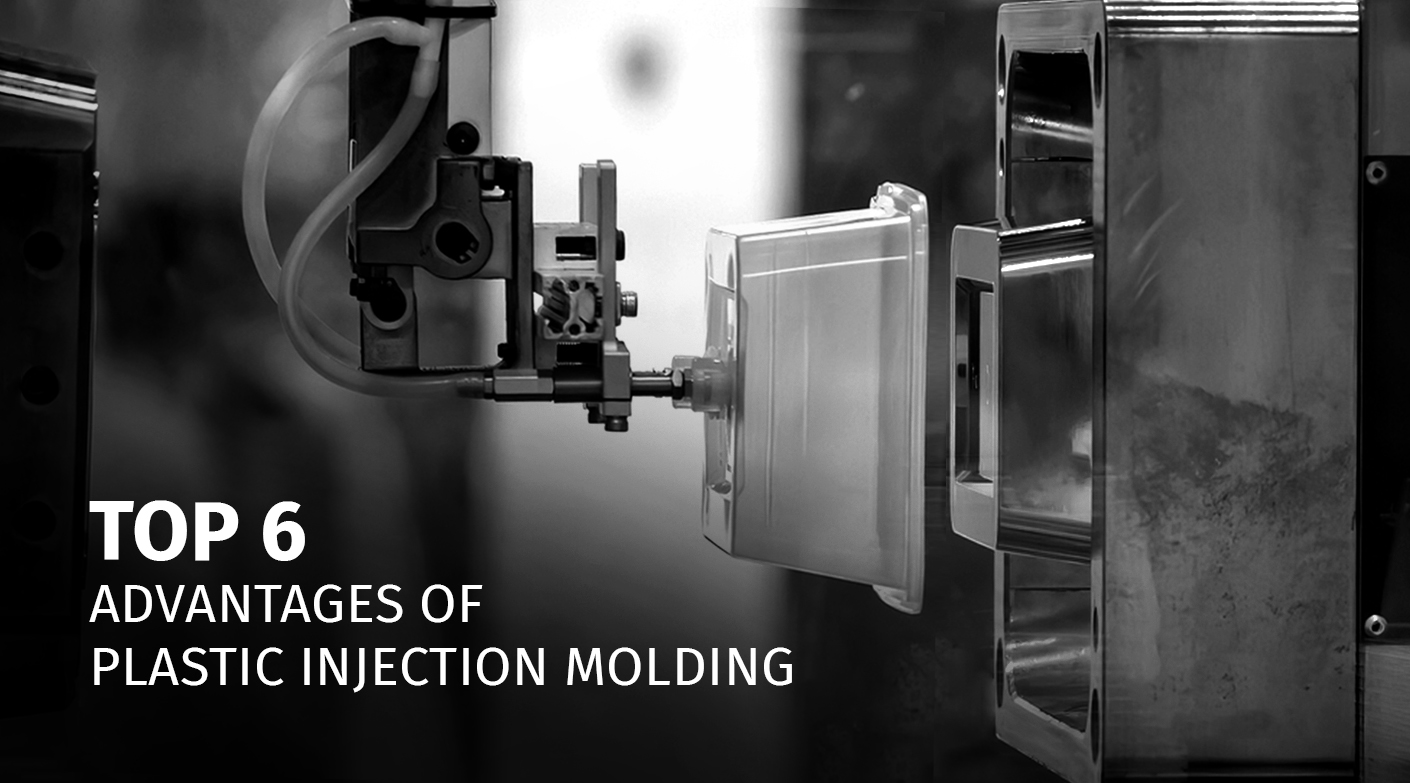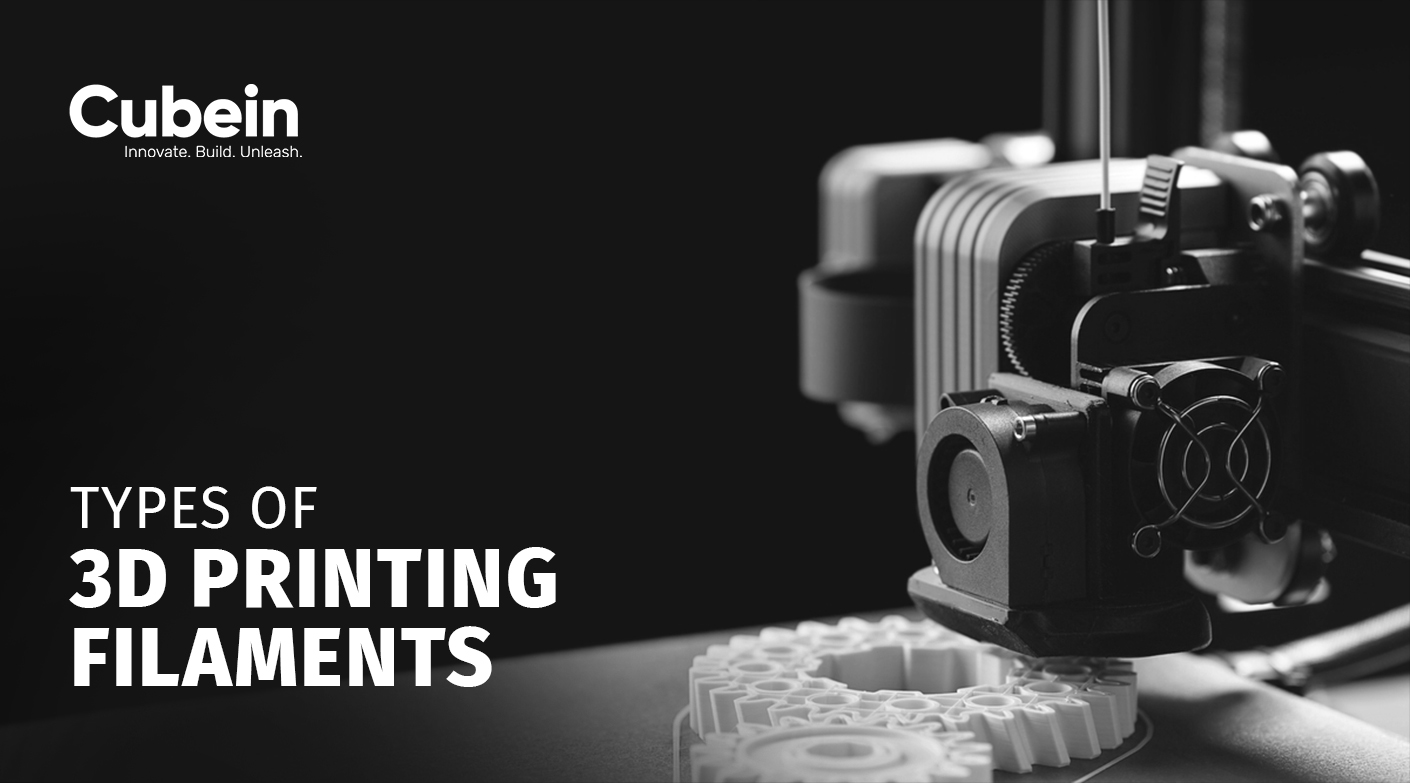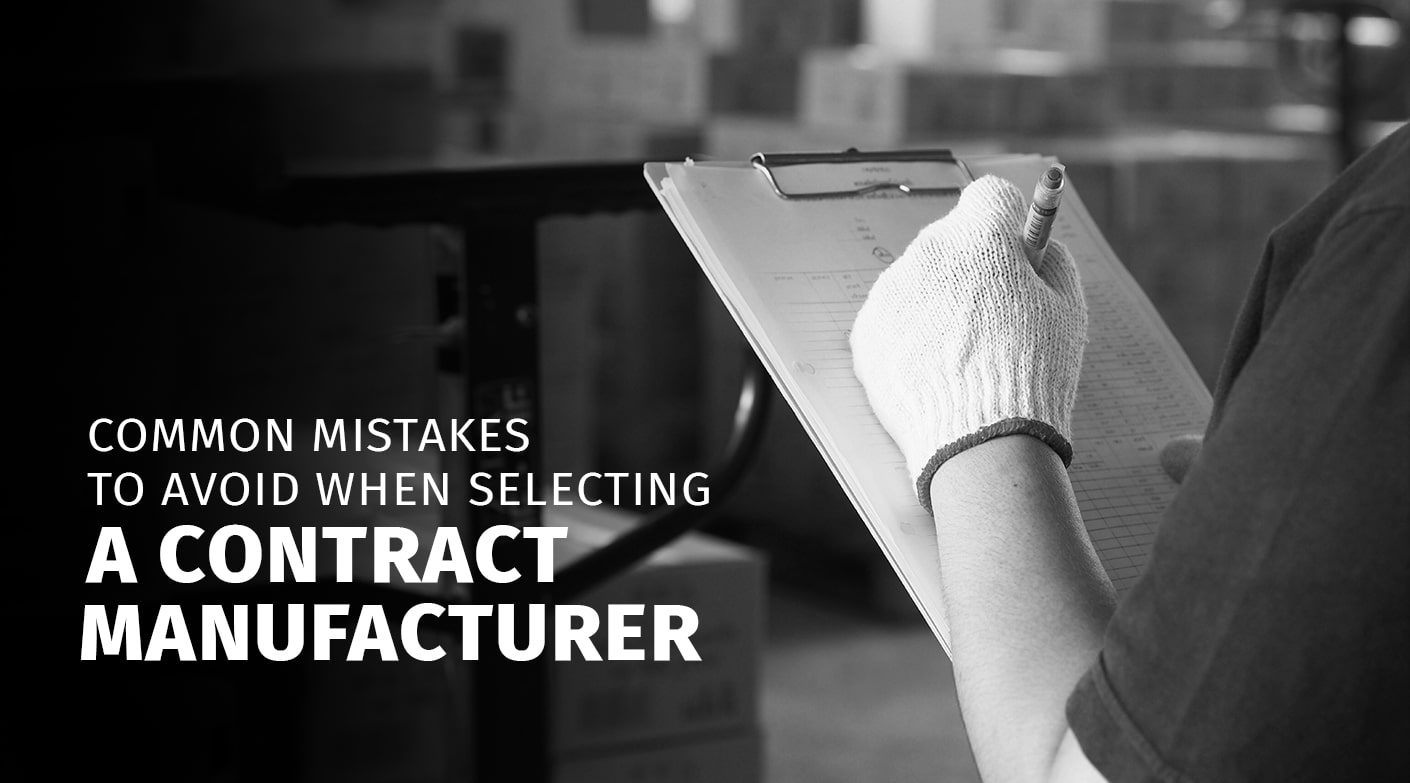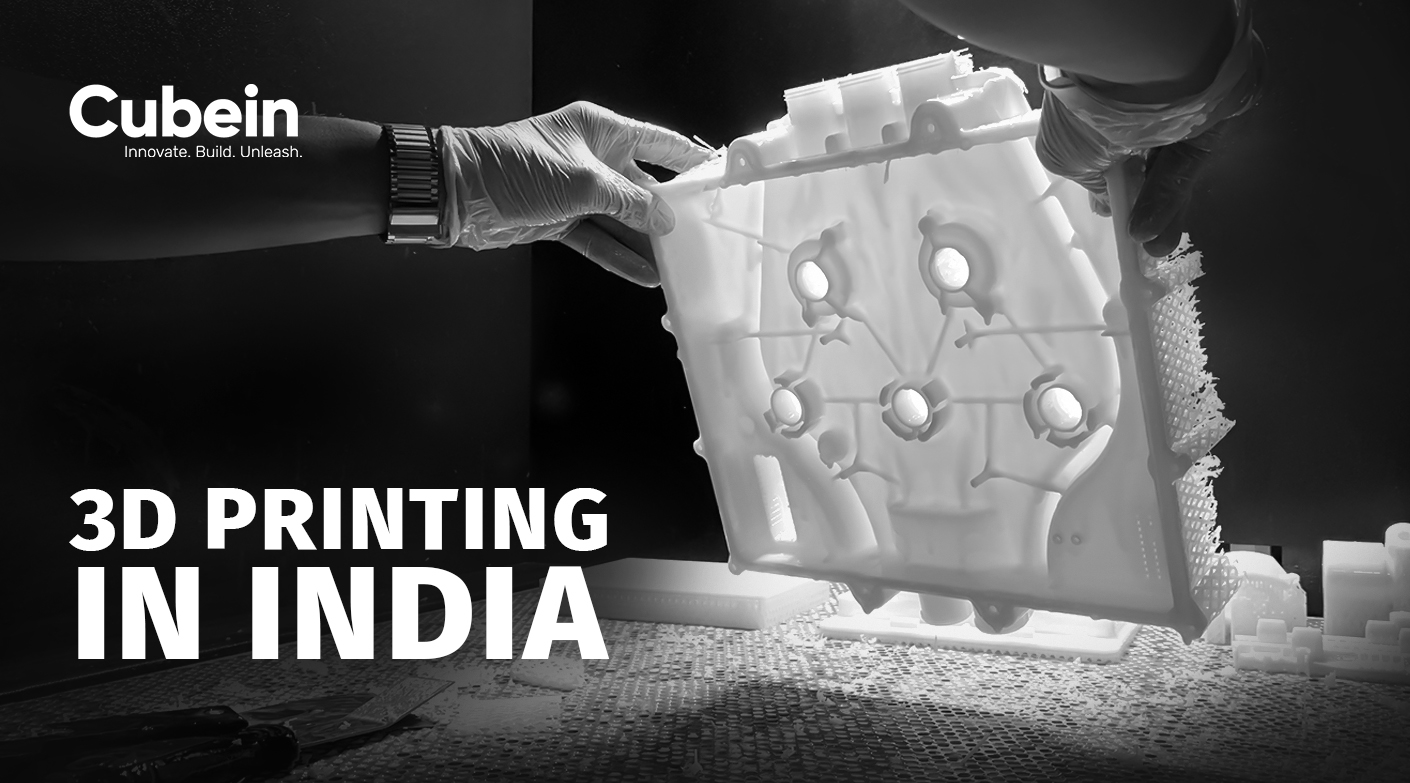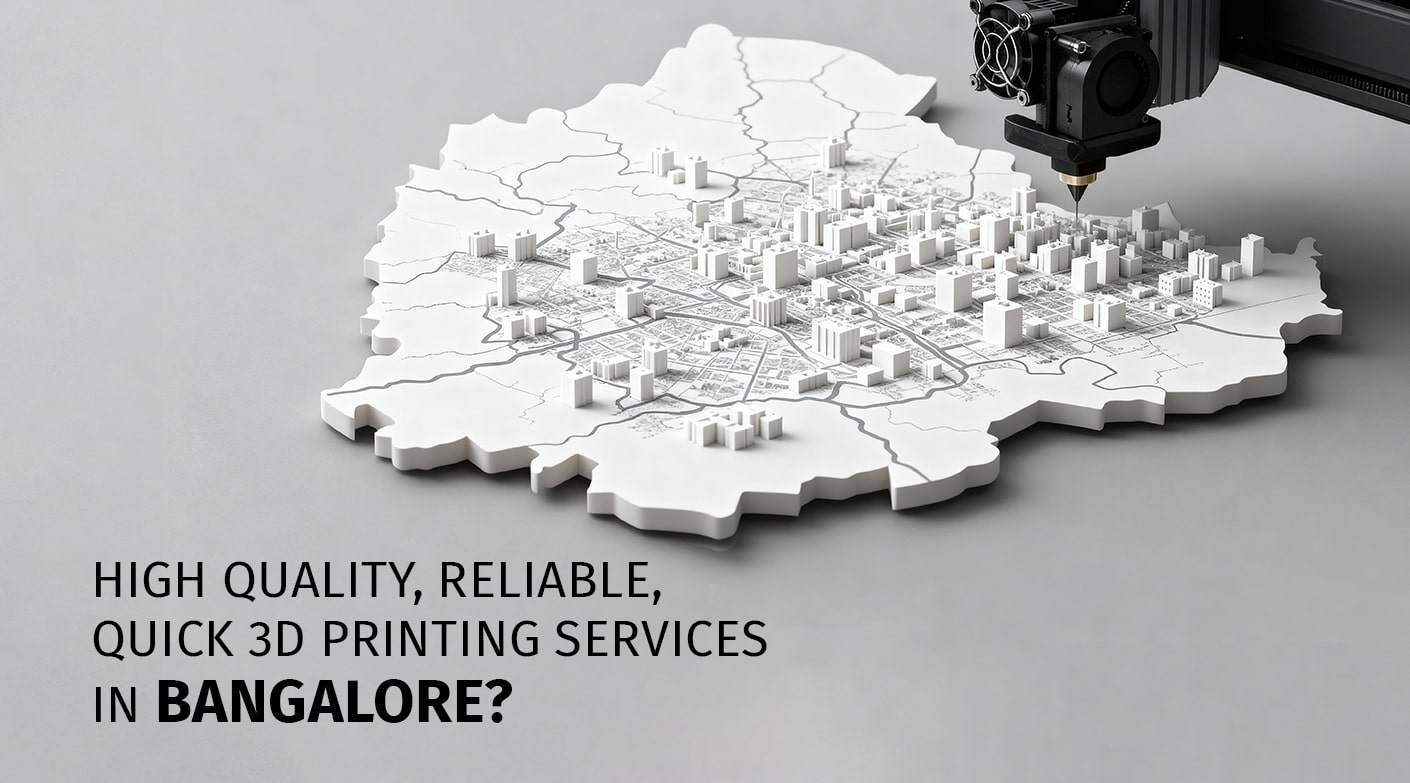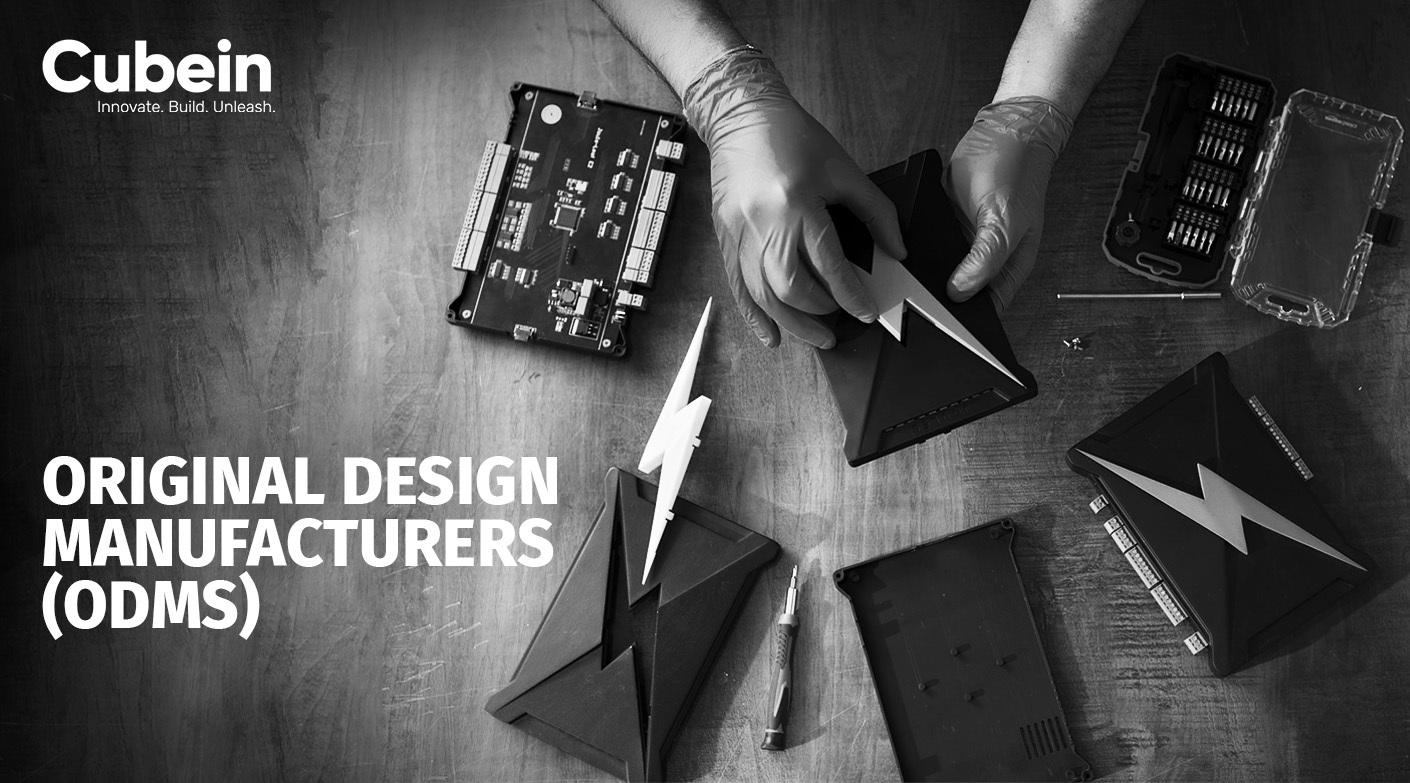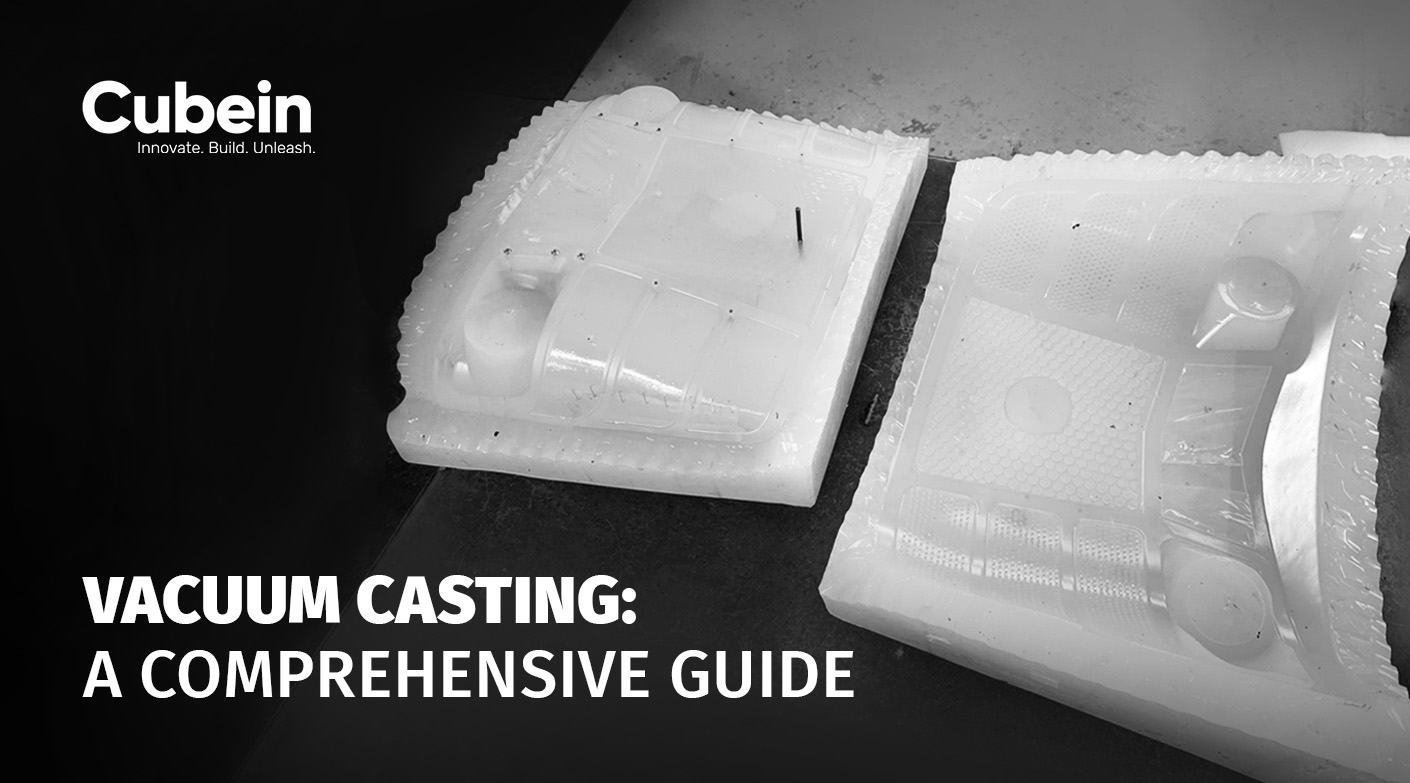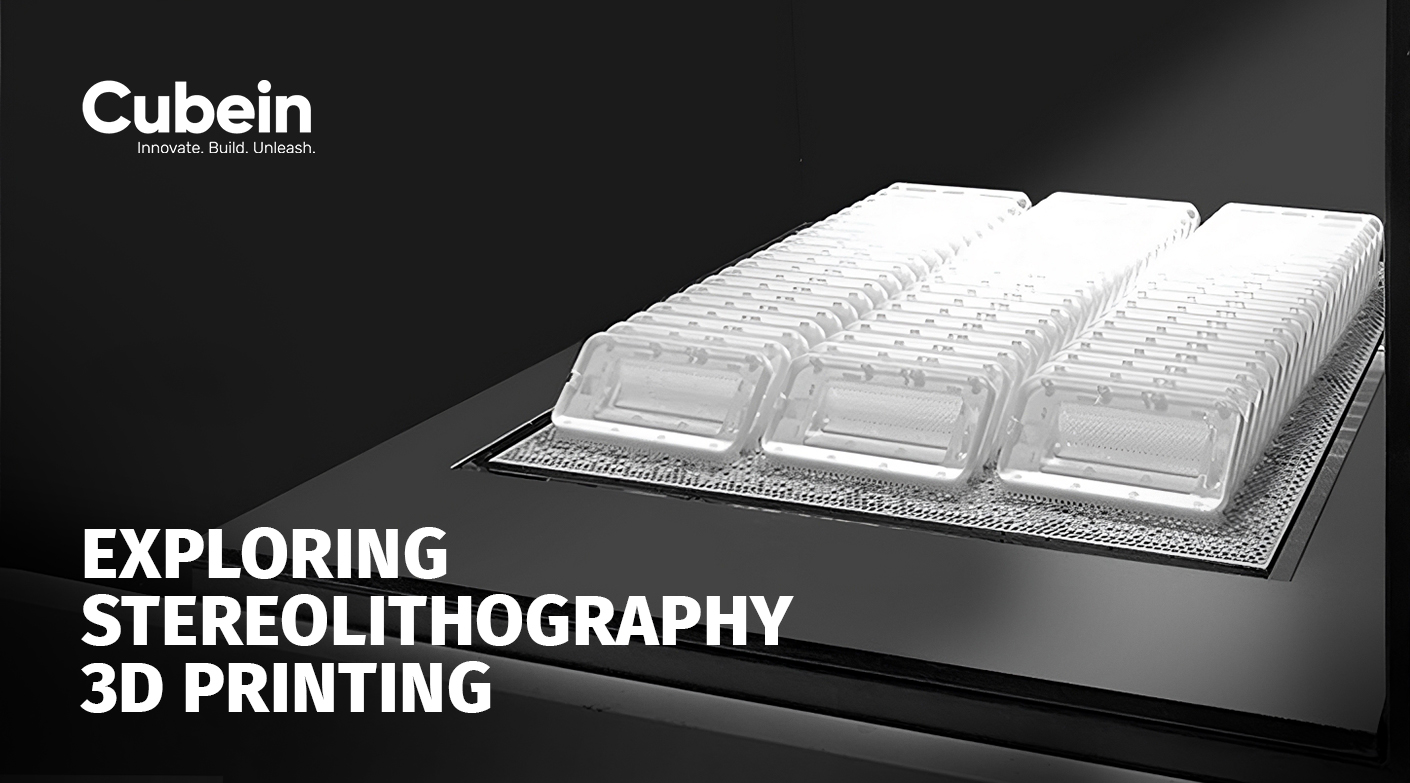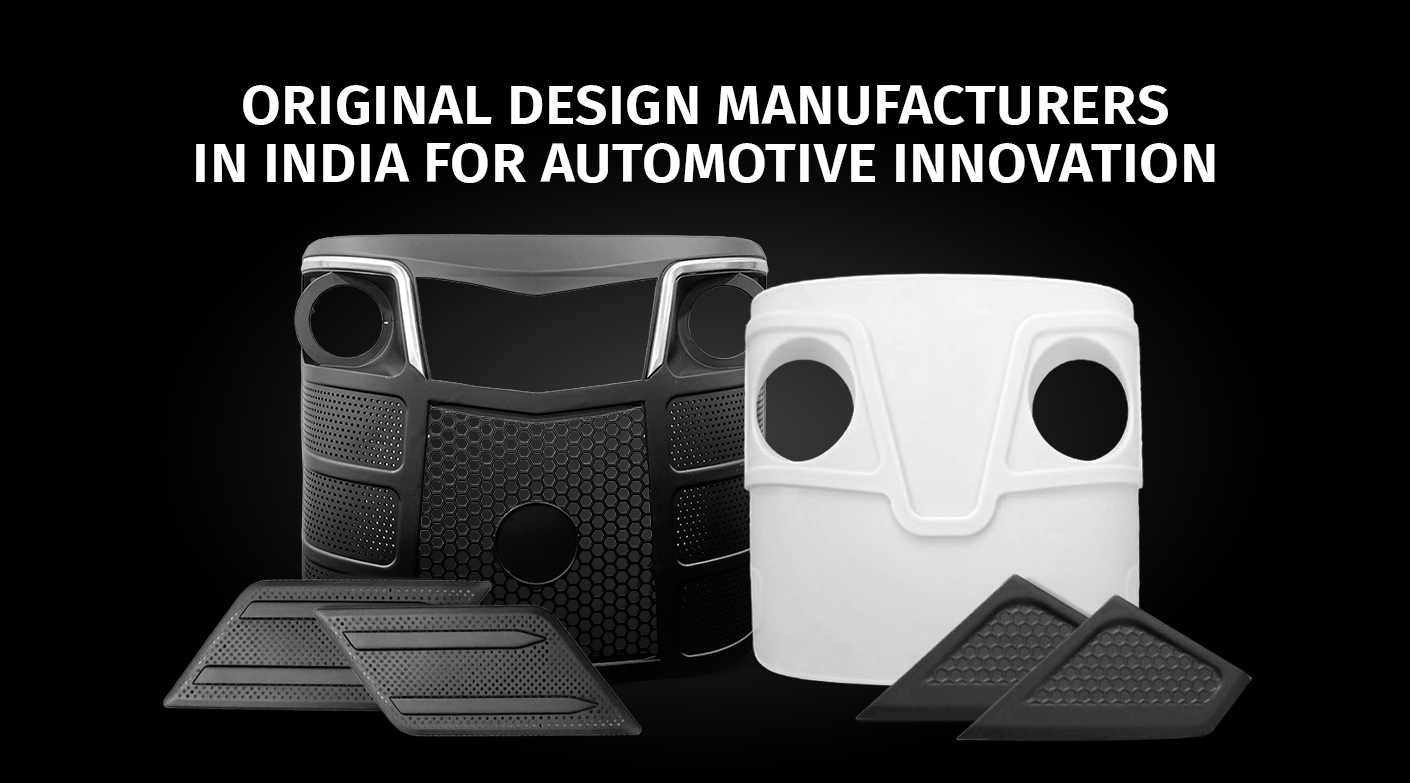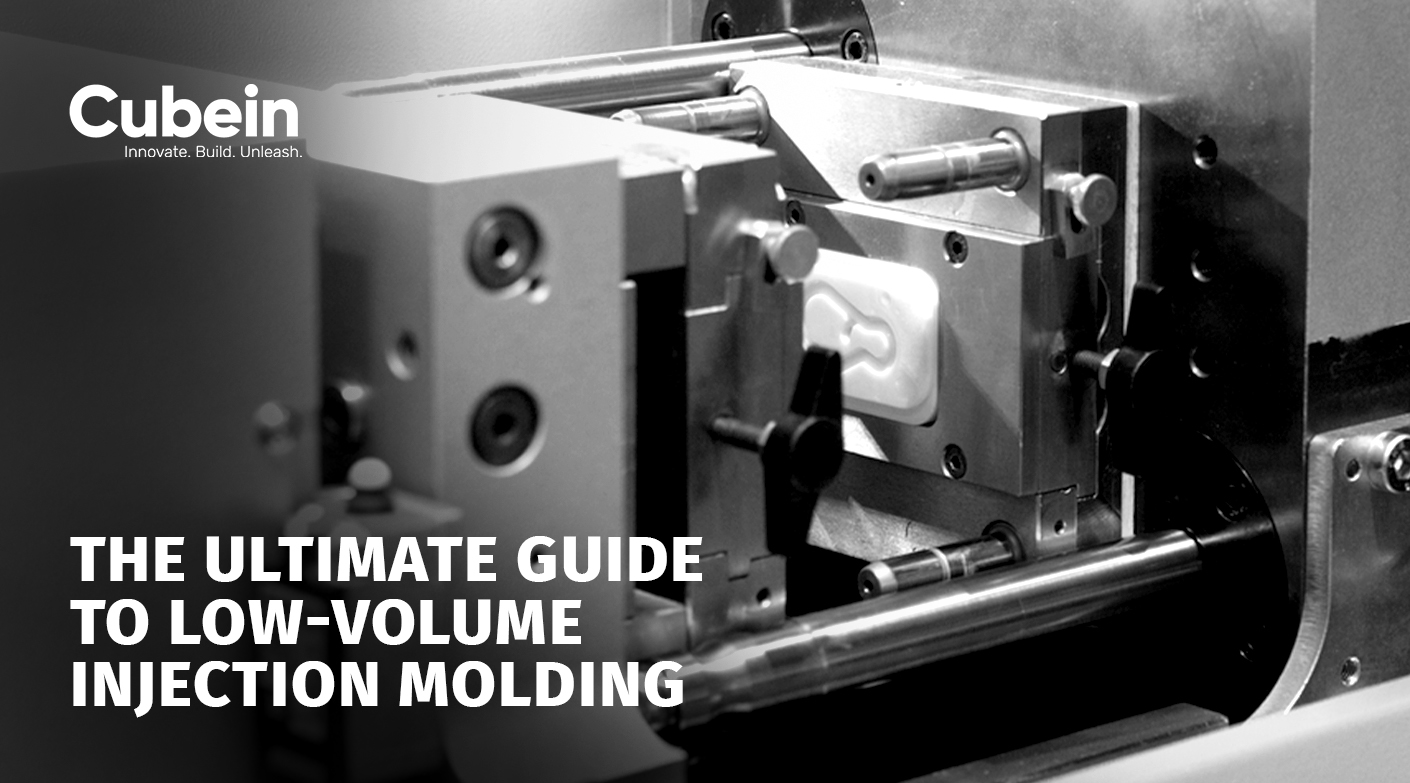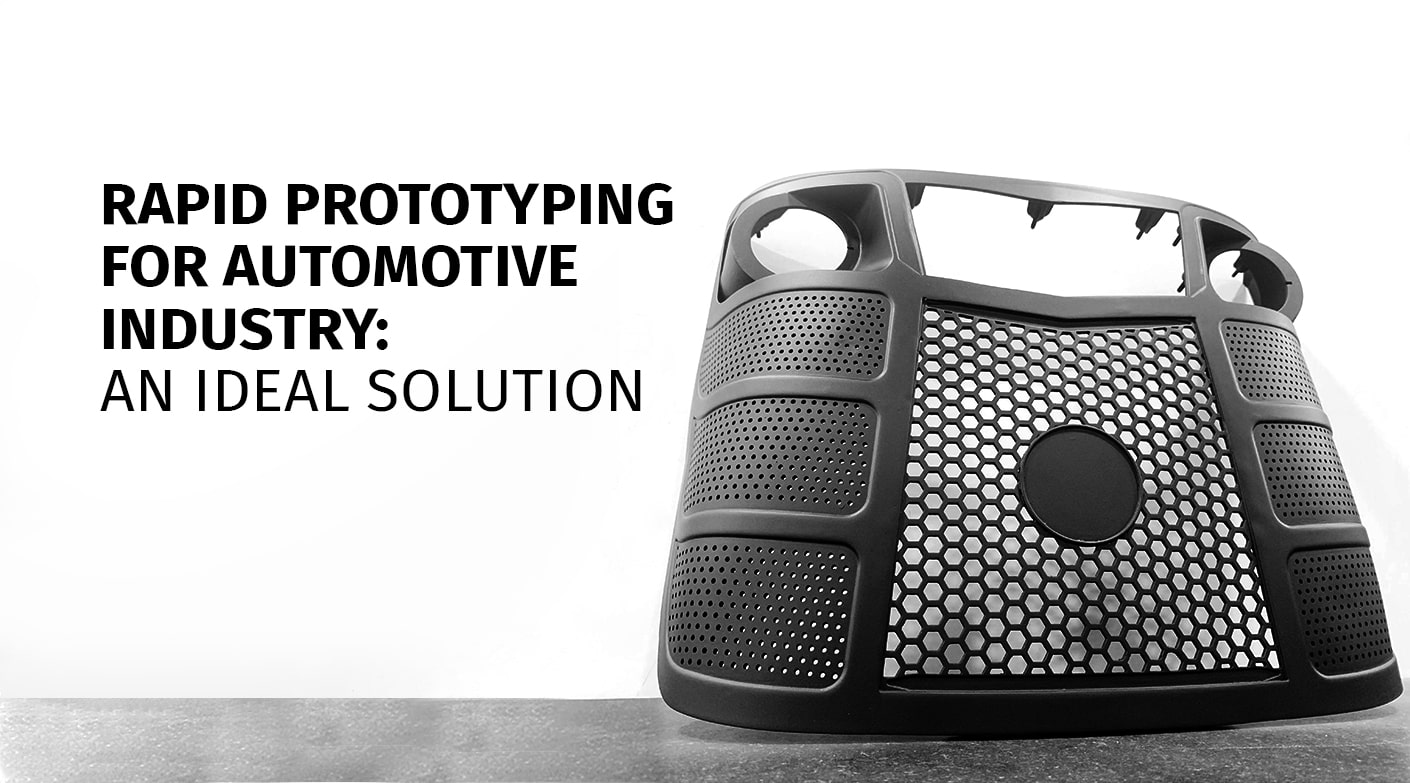Imagine you can manufacture complex parts quickly, affordably, and with almost no waste? Yes, with plastic injection molding, you can do it all seamlessly. In the race to efficient and quality production taking place across industries, be it automotive, medical, electronics, or consumer goods, it has become one of the founding blocks. This capability of providing precision, repeatability, and scalability has led to plastic injection molding as one of the most favoured processes for modern manufacturers.
A trusted injection molding company, like Cubein, utilizes plastic injection molding as a powerful means to streamline operations and minimize the overhead of clients. So, how does it compare to the rest, such as CNC machining? This blog will explore the top 6 advantages of plastic injection molding and examine the strengths of injection molding in the discussion of Injection Molding vs. CNC Machining.
Now, let’s identify the top advantages of plastic injection molding.
Top 6 Advantages of Plastic Injection Molding
#1 Exceptional Repeatability and Consistency
Among the pros of plastic injection molding, inimitable repeatability is one of the popular benefits. After creating the mold, the same process enables the production of thousands or, no less, millions of components with the same dimensions, rigidity, and finishing.
In injection molding vs CNC machining, CNC machining is best used when you have one-off or small production runs, but it does not have the reliability of molding when it comes to high production runs. Low quality of output can be influenced even by small wear of tools. Conversely, injection molding is a method of part replication without any deviation.
#2 Cost Effectiveness in High-Volume Production
In terms of pricing per unit for large-scale manufacturing, injection molding can easily win you. The cost of the tooling, although it appears expensive, will yield huge amounts as production increases.
Why It Matters:
The benefits of plastic injection molding emerge when producing in great quantities, where the costs may reduce to only a few cents on a single object.
Where CNC machining requires material to be cut, which can increase wastage and the overall time of production, two cost-related factors are involved. The injection molding reduces waste, hence saving on costs and raising sustainability.
#3 Flexibility in Designs and Complex Geometries
Product designs today are more advanced than ever, and the way they are being produced must evolve in an advanced manner. Injection molding enables engineers to form parts that have complex geometries, thin walls, undercuts, and complex shapes, all with precision.
The expertise of a reputed injection molding company enables clients to take advantage of this flexibility by producing innovative, functional, and aesthetically improved products.
Injection Molding vs. CNC Machining:
Although CNC machining has its limitations with regard to the access of tools and machine axes, injection molding introduces access to design without adding complexity and expenses.
#4 Minimized Waste and Eco-friendly Production
It is not a trend anymore to be sustainable; it is necessary. Injection molding produces much less waste compared to subtractive processes such as CNC machining. Additionally, a large fraction of waste materials (runners and sprues, etc.) can be reprocessed.
By using recyclable and biodegradable plastics in the process of plastic injection molding, sustainability can be achieved. This will reduce environmental impacts and aid in the advancement of the circular economy.
Also, CNC machining produces a large amount of material wastage, in particular when using high-value resin or metals, which is less environmentally conscious in high-quantity production runs.
#5 Exceptional Surface Finish
From smooth finished consumer goods to matte medical equipment, molded parts have a surface finish that is remarkable. By performing polishing, texturing, or treating, injection molds can obtain finishes without any further post-treatment.
One of the most valuable advantages of plastic injection molding lies in the possibility of getting ready-produced aesthetics, which is in high demand among brands interested in high-end finishes without additional expenses.
Injection Molding vs. CNC Machining:
The secondary processes, such as sanding, polishing, or coating, are commonly used in CNC parts and which increases time and expenditure. The final product in injection molding is taken directly out of a mold.
#6 Rapid Cycle Times and Scalable Output
Companies can use speed to market to determine how successful they will be in competitive industries. Its ability to produce parts in seconds once the mold is set up makes injection molding good if the production needs to be of high speed and output.
The importance of this lies in the fact that the quicker it is produced, the quicker it gets to the market. It is also one of the most realistic benefits of plastic injection molding to businesses that expand rapidly.
CNC is a time-consuming process; each component is produced at a given time. In contrast, the injection molding technique can manufacture hundreds or even thousands of components each hour.
Injection Molding vs. CNC Machining
| Feature | Injection Molding | CNC Machining |
| Cost-Effective for Large Volumes | Yes | No |
| Design Flexibility | Highly Flexible | Moderately Flexible |
| Material Waste | Less | High |
| Speed of Production | Rapid | Slow |
| Surface Finish | Excellent | Sometimes Need Post-Processing |
In this way, when it comes to the comparison of injection molding vs. CNC machining, you should consider volume, complexity, budget, and lead times. In the majority of applications that require scale, aesthetics, and efficiency, the benefits involved in plastic injection molding are quite incomparable.
Integration with Automation and Industry 4.0
Advanced injection molding firms such as Cubein combine robotics and machine vision-based process control to accelerate production lines. This demonstrates that injection molding is a solution ready for the future.
It is reported that the global smart manufacturing market, including injection molding automation technologies, was estimated as $349.81 billion in 2024, with much of that owed to the implementation of AI, IoT, and robotics in production lines. This growth was highly contributed to by the injection molding facilities because they comply with a complete digital transformation process.
If Injection Molding vs. CNC machining is compared, then injection molding provides a stronger combination with lights-out manufacturing, which is an essential component of Industry 4.0 transformation. Precise CNC machining usually demands more human input and is less manageable in a fully automated workflow setting.
Conclusion
Learning the benefits of plastic injection molding has become necessary in this busy manufacturing world. Compared to Injection Molding vs. CNC machining, one can clearly realize that injection molding is a preferred solution for a variety of scalable, sustainable, and precision-based production.
However, not all manufacturers meet the same standards. Cubein offers cutting-edge plastic injection molding services for quicker and more efficient production. We cover prototyping of low quantities all the way to mass production and enable both startups and large businesses to implement their ideas.
| Let Cubein be your trusted partner in this journey.
Know more about our customized molding solutions and fast-track your product into the market. Get in touch today! |
FAQs
1. Which sectors gain the maximum benefits of plastic injection molding?
Various sectors gain significant advantages from plastic injection molding. The automotive, healthcare, electronics, and consumer goods sectors reap the benefits of manufacturing applications through this process, as it allows for the production of large volumes of complex designs and parts at a minimal cost.
2. Is injection molding expensive to use in low quantity production?
At scale, injection molding is quite cost-effective. CNC machining can be affordable when there are small volumes of production, since the upfront tooling costs are lower.
3. What does injection molding contribute to sustainability?
Injection molding generates very little waste, and the excess of the production process could be recycled, such as sprues and runners, thus one a great advantage of that eco-friendly production process.
4. Can an end product be made with a complex design through injection molding?
Certainly, injection molding is ideal in a number of ways, including complex shapes, undercuts, and thin walls, and a very precise and functioning object design can be created by the manufacturers.




